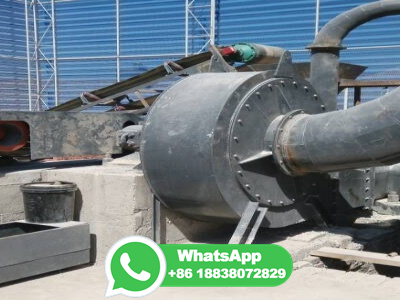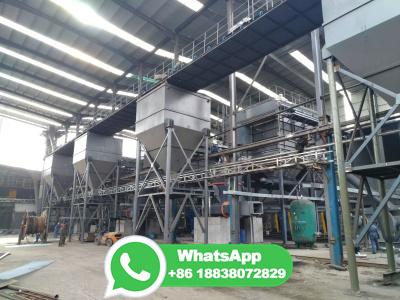XVI Chimney rev Course Hero
A coal fired steam boiler uses 3000 kg of coal per hour. Air required for combustion is kg/ kg coal at barometric pressure of kPa. The flue gas has a temperature of 285°C and an average molecular weight of 30. Assuming an ash loss of 11% and allowable gas velocity of m/s, find the diameter of the chimney. a.

























